Now that we are getting vaccinated and moving forward, we can all fill our cup of inspiration again by going to see original art. I think it’s vital to an artist’s growth to get outside the studio to seek out new sources of inspiration. Last month (April 2021), I was lecturing and doing live demonstrations for Visual Arts Passage Studio Bridge (recordings available for viewing) and I shared the importance of seeing works in person. The detail that is lost in reproduction, especially in large works, is quite drastic. If we are to learn from the masters, then we need to see, up close and personal, what they actually painted. We need to experience the works firsthand to hear the whispers from legends!
There are a few paintings that really stand out to me that I would like to share with you. While in the New York City, I was able to visit the Ronald S. Lauder Neue Galerie to see the Austrian Masterworks exhibit. In that amazing space of architectural grandeur was the portrait of Adele Bloch-Bauer by Gustav Klimt. Sitting in front of that original work of art made me speechless. It was just utterly breathtaking. The reproductions that I have seen over the years don’t even come close to revealing the level of dimensionality and texture that the piece has. Much of the detailing is actually raised, gold leafed and then a patina was added onto the surface with thinned out black and then wiped back to reveal the dimensionality. The Neue Galerie did not allow photography whatsoever so I sat on the bench in front of the epic painting and took extensive notations on what I saw and how I would duplicate the same effect using modern materials. The below information on process were from such notes.
Curvilinear lines were added. I am not quite sure exactly what instrument he used to do this application. The overall look was similar to the application of lettering and decorative details on a cake with a pastry bag. I myself would apply molding paste with a plastic syringe. You can get them from medical industry catalogs. This tool would achieve a similar effect with a consistent thickness of application. In the actual painting, Klimt’s application looked like he did not have a consistent way of applying the dimensional line work. This leads me to believe he applied it through perhaps a tube or something similar, limiting the ability to control how the line of relief revealed itself.
The other area of interest I thought was quite spectacular was in her necklace where there was a silver relief. It almost looked like the artist applied a plaster-like medium and then drew into it, manipulating it slightly. Upon drying, the artist, most likely, went in with silver to bring out the highly textural aspect of her neck choker design. I also really loved the background, which is a big part of the upper left-hand side of the piece. If you look at it, it is as if the area was gold painted with a patina wash of black applied on top, wiped out in areas and then sponging or some kind of stamping application using gold was used on top. This helped to break up a large solid area in an interesting way, giving it a freeform dynamic effect.
The other show that has resonated with me till today was at the Guggenheim Museum. It was an exhibition called Mystical Symbolism. From the exhibition, “The Salon de la Rose+Croix (R+C) was an annual exhibition in Paris established by the eccentric French author and critic Joséphin Péladan (1858–1918) to represent the doctrines of his Rosicrucian order—a fraternal, esoteric religious sect.” The art that was created under this order combined mysticism, symbolism, numerology, science and spirituality all-in-one.
I attended the exhibit while I was in New York City and saw many amazing works. This one incredibly large work entitled Orpheus in Hades by Pierre Amedee Marcel-Beronneau really stood out. I was able to take pictures and included them in this post as well as a video to show you the textural detail. But, neither of these reproductive forms even comes close to the magnitude and beauty of the original art. Watch the video here:
There is an amazing texture applied throughout the surface of the entire painting, giving it a very tactile quality. If you look at the detail in the bas-relief of the headpiece (refer to picture below), you will see a great deal of impasto built up in layers. The flesh of the figure, however, is kept smooth in terms of surface texture. This contrast in topography gives the piece a vividly dynamic quality. If you were to only see the full reproduction, you would have no idea of the textures that were created. Because the work is quite large and reduced in reproduction, so much detail is lost. It is such a shame because it is that bas-relief detail that makes is magical!
If you are interested in learning more about working in relief on the painted surface or working in experimental mixed-media techniques, check out my Masterclass on patreon!
https://www.patreon.com/lisalcyr
A Unique Approach:
Masterclass is a unique approach to learning, where each artist works on their own projects, whether that be standalone works or works in a series. Unlike a workshop or an assignment-driven class, this online atelier supports each individual artist’s intent on creating works that they really want to pursue.
There are approximately SEVEN Live Events every month. The Masterclass Saturday sessions (usually held on the first Saturday of the month) are from 11:00am to 1:00pm EST and the In the Studio sessions are from 2:00pm to 3:00pm on the same day. In addition, there is a monthly Paint, Draw + Create Together event (once a month) on Tuesday from 11:00am to 1:00pm EST and the weekly Sketchbook Meditation + Exploration Social events (3 to 4 times a month) are on Tuesday from 7:00pm to 8:30pm.
Patron Art Feedback sessions for Masterclass are conducted four times a year, giving each artist time to create their works. Artists that cannot attend live can submit up to 3 pieces for a live session review. Each review is recorded.
Experimental + Traditional Techniques:
The Masterclass online atelier covers a variety of topics from studio best practices to a vast array of experimental and traditional painting as well as expressive drawing techniques. The instructor provides monthly assistance and guidance through live demonstrations, lectures and group chats. If you miss a class, you can watch the recording at a later date.
Painted Passages: This series of posts and videos on how to employ freeform painting techniques to create magical backgrounds and environments in mixed media.
Collage Techniques: This series of posts and videos on using collage techniques in mixed-media works of art.
Working in Relief: This series of posts and videos focuses on working in relief in mixed media, exploring self-expression through texture-building and bas-relief techniques onto the painted surface.
Studio Basics: This series of posts and videos on artistic best practices for the studio artist, from working surfaces, grounds, painting mediums, varnishes, drawing and painting media to brushes, tools and equipment.
Expressive Drawing Series: This series of posts and videos explores alternative mark-making using drawing materials to create expressive works of art.
Conceptual Development: This series of posts and videos focuses on developing concepts for visually expressive works of art.
Masks, Props + Costuming: This series of posts and videos focuses on how I create unique masks, props and costumes for my figurative subjects.
Insights from the Natural World: This series of posts and videos explores using nature as an inspirational muse for creating artistic works
Just Imagine: This series of posts and videos explore working in a sketchbook as well as creating custom made books. Tactile surfaces, unique designs and engaging presentations stimulate brain activity, allowing artists to drift back to a playful state of mind.
Paint Pictures with Words Writing Club: This series of posts and videos explore writing about our works, creating poetry and prose and using the power of words to assist in the creative process!
Mixed Media Artist Series: This series of posts and videos includes insightful and thought-provoking profiles of leading artists, working in unique techniques and innovative approaches in art.
The Art of Promotion: This series of posts and videos cover artistic promotional strategies and practices.
Check out the complete Collection of Content already on the Navigating the Labyrinth of the Creative Mind site!
Behind-the-Scenes Access:
The artist brings you into her studio through live behind-the-scenes access and weekly posts and videos to current projects and creative endeavors.
In addition, you have early access to the artist’s upcoming Shows and Exhibitions.
Creative Enrichment:
Discussions regarding artistic growth and development, nurturing the creative spirit, developing personal content, embracing a multidisciplinary mindset and creating message-driven art are also explored as ways to assist artists on their own creative path.
Throughout this online workshop experience, artists discover a multitude of ways to ignite creativity, opening the door for the artistic spirit to shine! Check out the testimonials above from artists around the globe!
Get weekly access to the Rediscovering Your Creative Self weekly podcast which focuses on developing a relationship with the creative spirit that resides within and making daily lifestyle changes that enhance creativity, building a more creative and playful mindset.
Throughout the audio program, topics such as battling the inner critic, handling creative block, working through anxiety and self-doubt and interrupting the patterns that bind are explored. Managing fears, seeing mistakes as rites of passage, knowing when to open and close doors, riding the wave of triumphs and tribulations, avoiding distractions and coping with naysayers that keep one from seeing the light that resides within are covered.
Every month on the Navigating the Labyrinth of the Creative Mind site, there is new Sketchbook Challenge prompt and directive, allowing artists to discover alternative ways in which to practice art that is more personal. Art created from this endeavor is shared on the private Community Chat with other artists.
Sketchbook Meditation + Exploration Weekly Social
Every Tuesday night from 7:00pm to 8:30pm EST, you can attend an open sketchbook night social event called Sketchbook Meditation + Exploration. We discuss the Rediscovering Your Creative Self podcast episode of the week, setting an intention for our work and making daily lifestyle changes that enhance creativity.
Artists use the Sketchbook Meditation + Exploration weekly get-together as a time to commit to working in their sketchbook, experimenting and discussing with other artists topics that will help in developing a relationship with the creative spirit that resides within. Recordings are available for Masterclass artists if they miss a session!
Build a Community:
Be a part of a creative tribe, interacting with artists and enthusiasts from all around the world who have shared interests in art. This is an opportunity to create a robust artistic community, broadening your horizons as a creative person.
Your membership also includes private access to the Community Group, where patrons share art and works-in-progress, post the monthly Sketchbook Challenges as well as the weekly Sketchbook Meditation + Exploration Social art and work from the Paint Pictures with Words Writing Club. They also share inspiration, discuss new artistic tools, products and equipment as well as interesting and informative books on art and so much more!
Join Us:
TheNavigating the Labyrinth of the Creative Mind Online Atelier has weekly posts and videos as well as several LIVE events each month.
Join month-to-month for $25/mo US or save 5% if you join yearly!
@copyright 2021 Lisa L Cyr, Cyr Studio LLC, all rights reserved


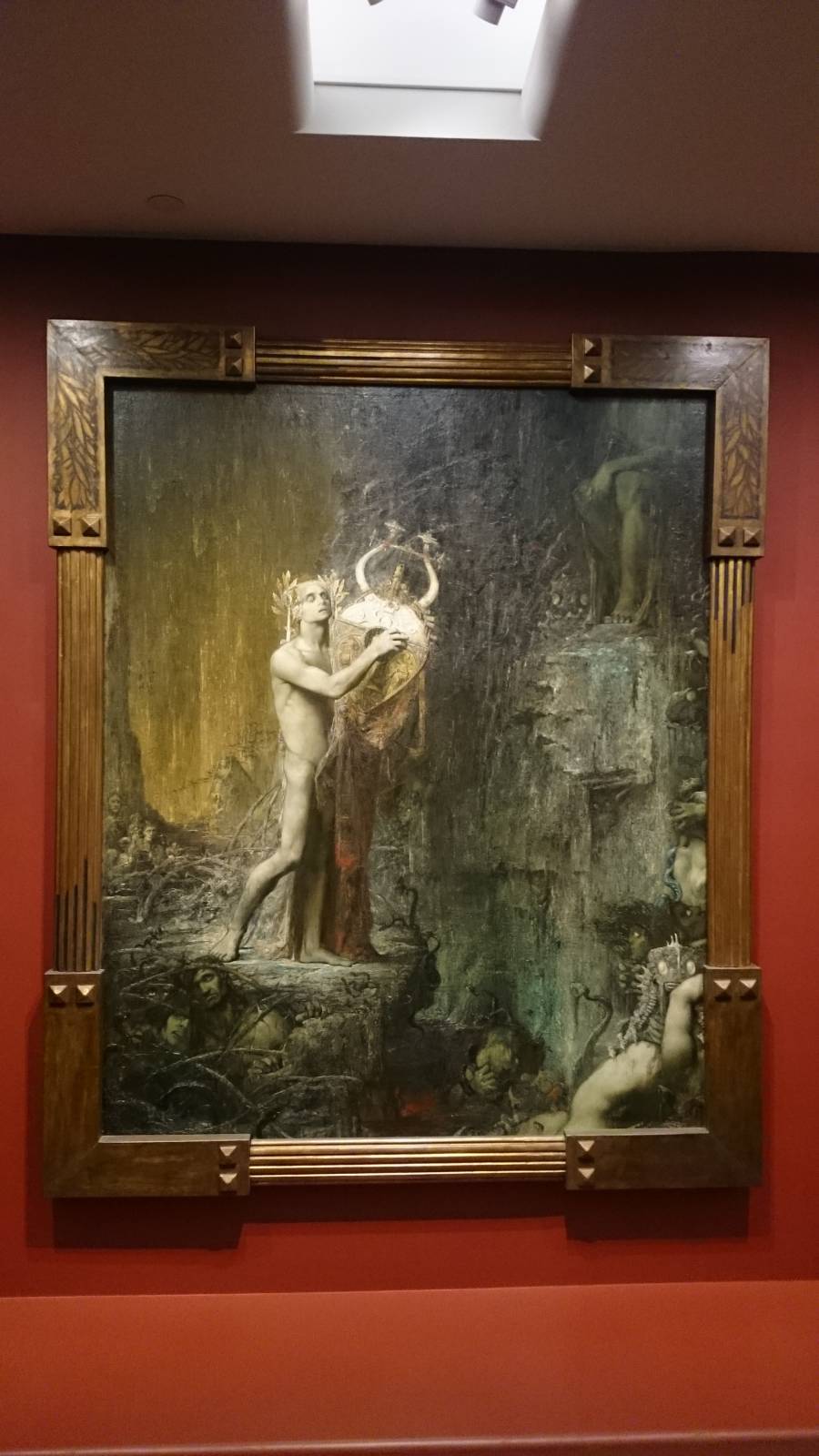
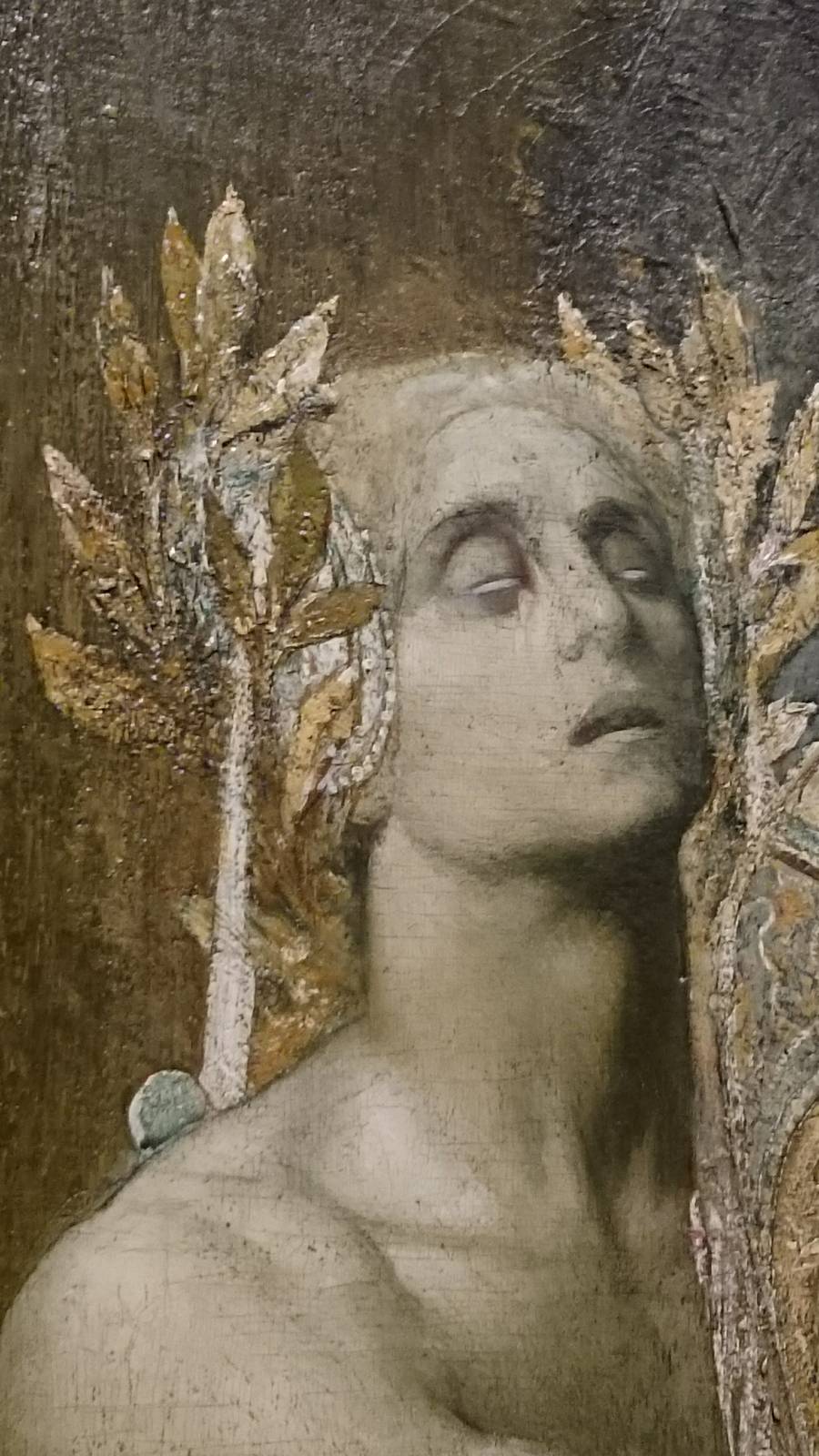
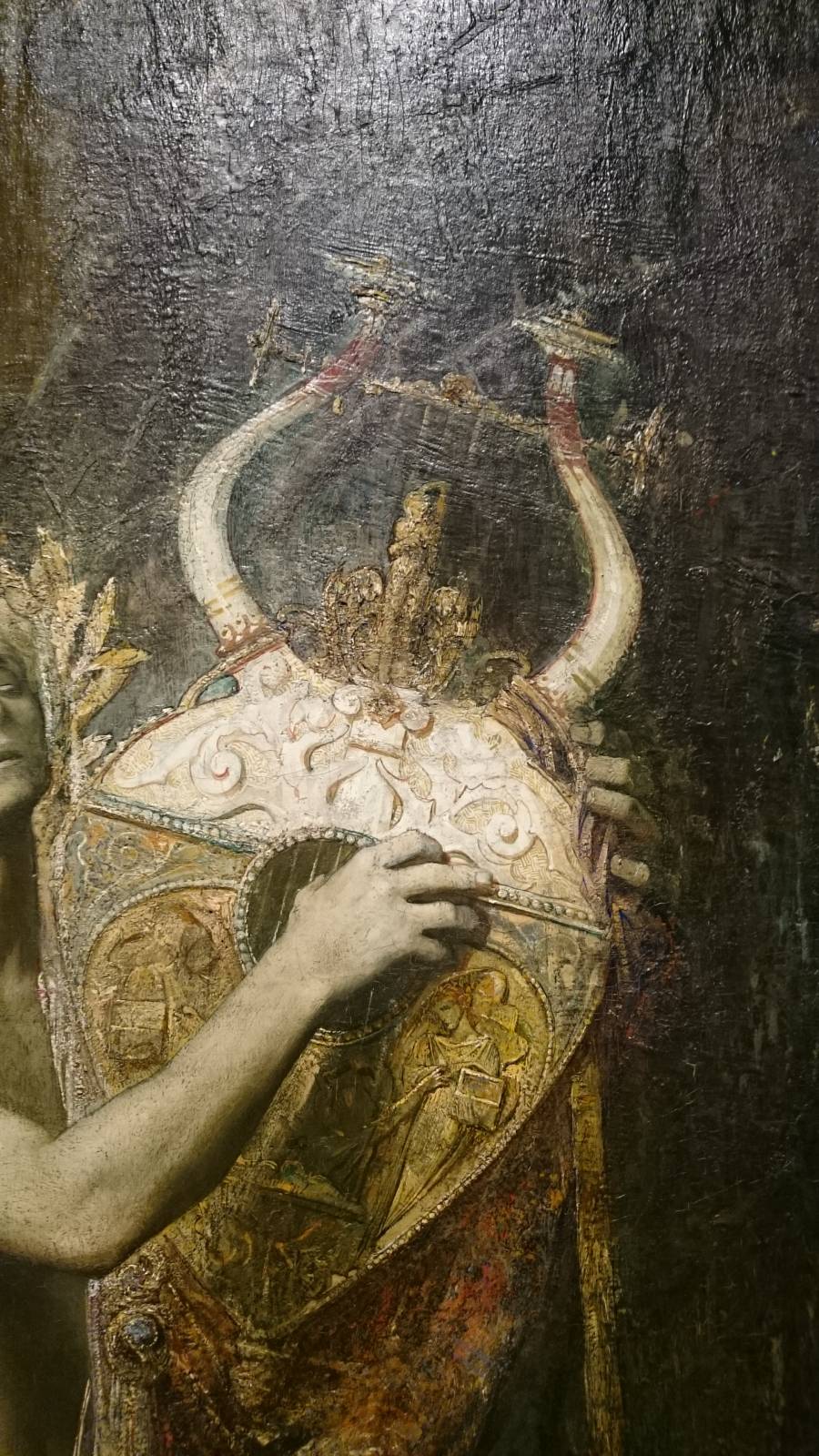
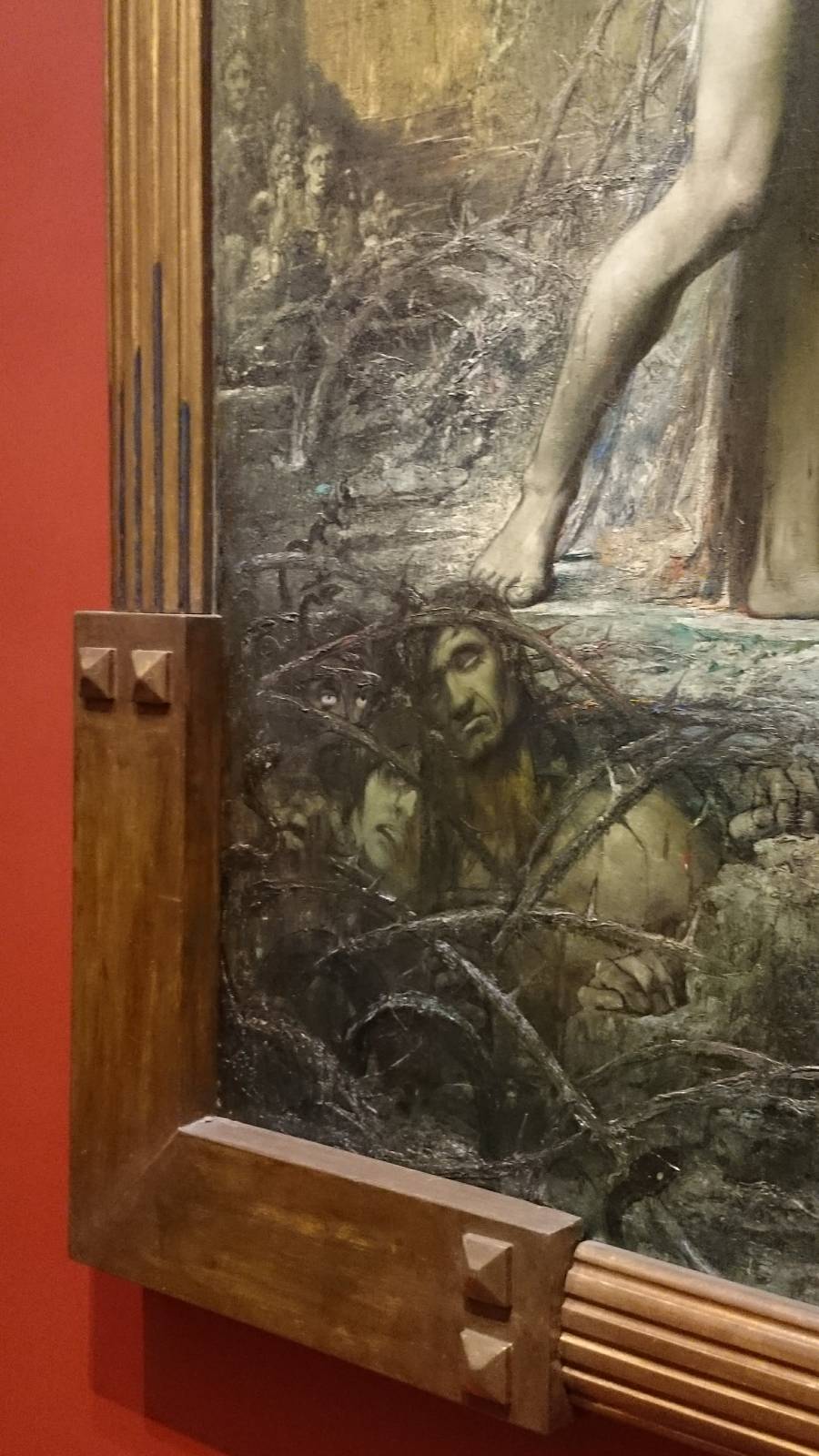
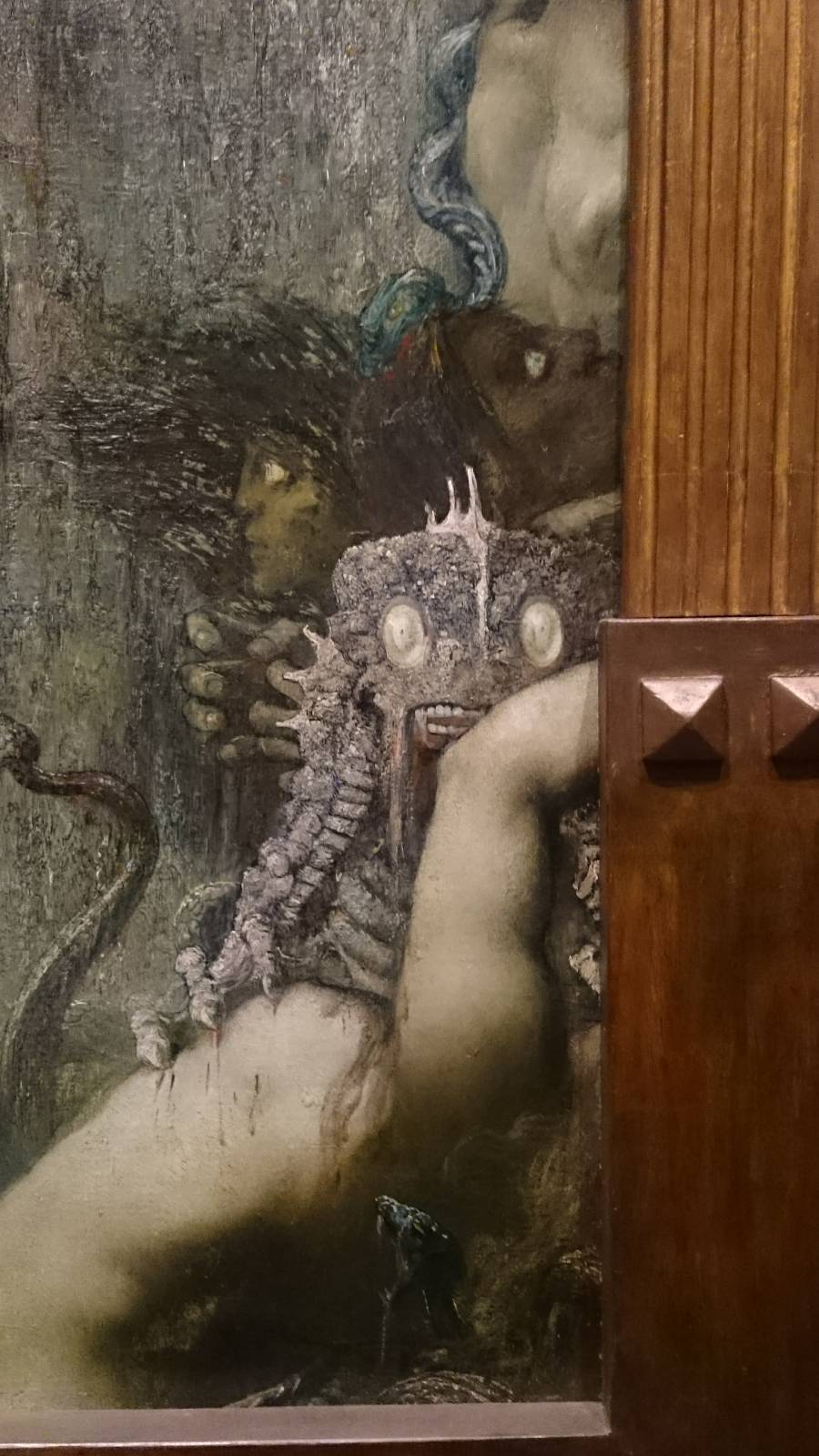
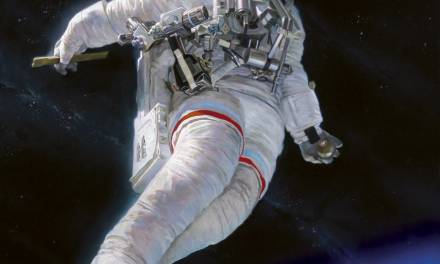

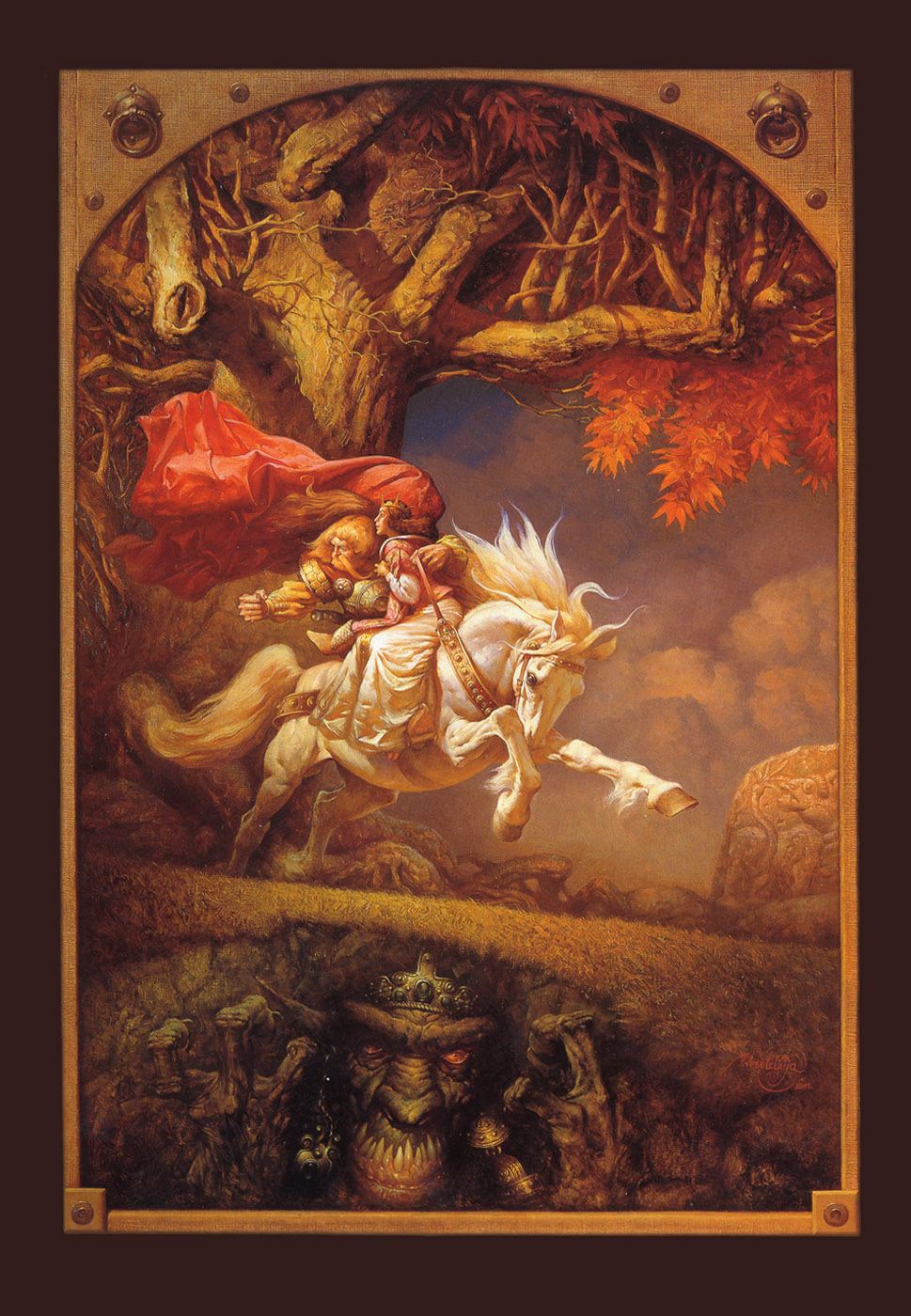


Thank you for another great article Lisa, seeing art up close is really the way to fully appreciate it. You can really soak in all the work that went into creating the piece as well as realizing you have been just as close to the work that the artist personally worked on.
I love textured pieces as they add another dimension to paintings, even the way the light and shadows reflects on them you can always see something different! 🙂
Thanks Brian! It is such a treat to be able to spend time with original art, really seeing the process up front. I also love texture…I believe it adds magic to the work!